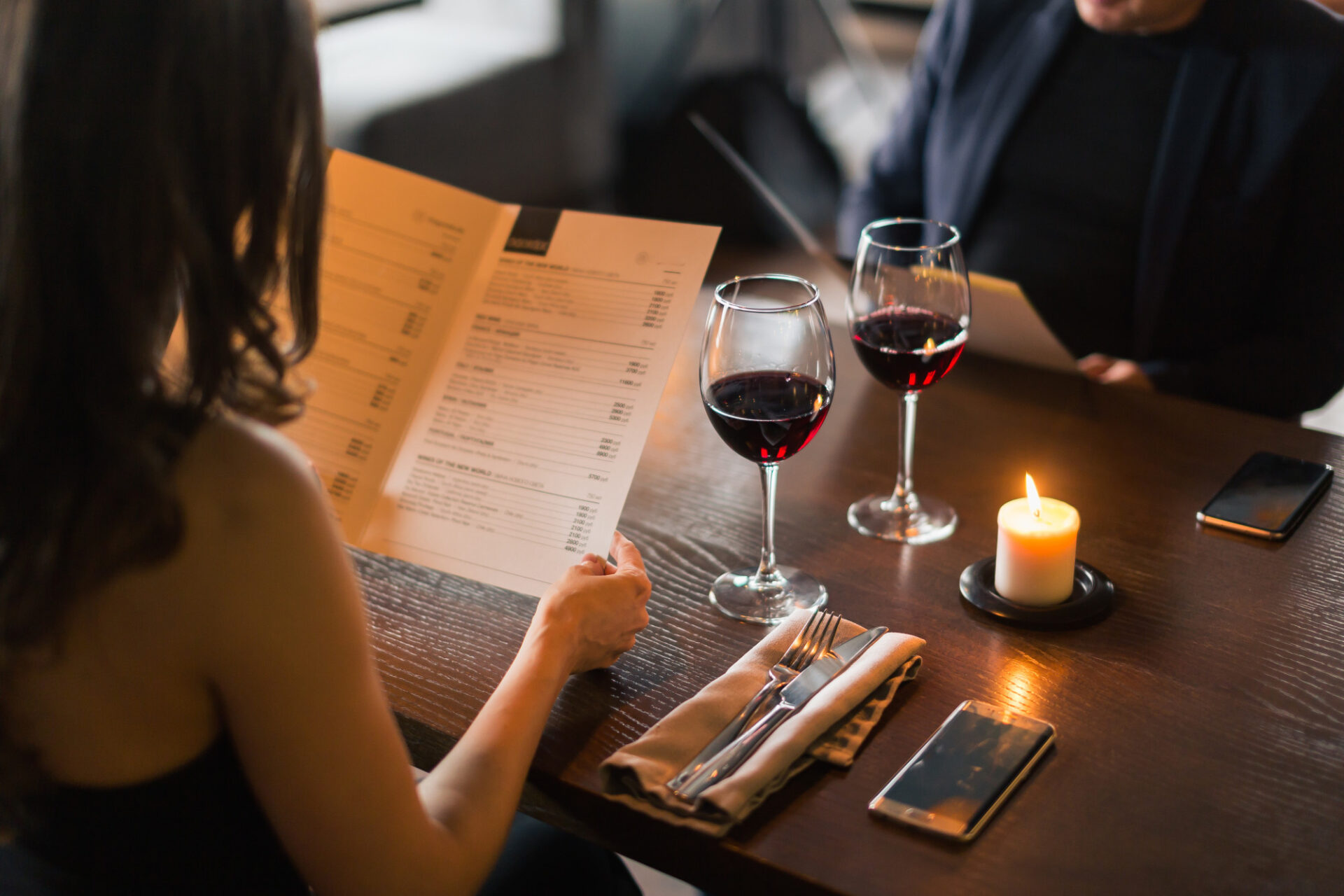Did you know that a hard-to-read menu turns off 30 percent of customers? Nobody likes confusing menus, and it could cost your restaurant sales.
A well-designed menu is vital for starting or updating a new restaurant. It’s essential for success and must be designed to attract your diners.
Learning how to design a menu for a restaurant will help you effectively market your products. And it’s a fundamental aspect of your customer’s dining experience. But where to start, and what should you consider?
In today’s age, many businesses have to create printed and digital menus for their guests. And there are many factors to consider if you want to design a stunning menu. But don’t worry, we’re going to break down the process, so keep reading to learn more!
How to Design a Menu for a Restaurant
There are a handful of things to consider to design a successful menu. Each menu’s design will be unique, but any restaurant can use these guidelines. You can also use the following advice for printed and virtual menus.
Use Eye Scanning Patterns
You have a few different options when it comes to eye-scanning patterns. Traditionally, many restaurants have used the top right corner as the “sweet spot” for their most expensive cuisine. But according to specific studies, there are better options.
Research shows that your customers will read your menu like a book. This eye-scanning pattern starts at the top left corner and ends at the bottom right. However, little evidence supports the theory of a “sweet spot.”
The Golden Triangle
The Golden Triangle is another popular method to use for structuring your menu. The triangle refers to the three areas where your customers will likely look first. If diners aren’t reading your menu like a book, they may follow the Golden Triangle pattern.
The points to the Golden Triangle start with the middle, a great place for specials. Next is the top right, where you can place entrees and main courses. Last is the top left, which is a popular menu section for appetizers (to help increase your profits).
Creating Sections and Categories
It’s important to break down your menu into easy-to-read sections for diners. How you divide your menu also depends on how many items you serve. As a good rule of thumb, less is more, and it will be much easier to structure a smaller-sized menu.
These days, everyone has health issues, so label menu items that are gluten-free, vegetarian, and vegan. Customers will appreciate you looking out for their dietary concerns. If you don’t serve items like this, don’t worry—you can skip this step.
The categories you choose for your menu also depend on the cuisine you offer. For example, if you’re an Italian restaurant, have sections for pasta, pizza, and antipasti. If you run a Mexican-style eatery, create sections for burritos, tacos, and enchiladas.
Additionally, it’s a great idea to create separate menus for desserts and drinks. These categories can take up space, drawing attention away from appetizers and entrees.
Choosing a Menu Design
There are plenty of designs for your menu, so choose one that best reflects your restaurant. Below we’ve listed some popular menu ideas to help you brainstorm.
Fine Dining
Upscale restaurant menus are often kept short and have little to no images. The menu layout is simple yet sleek and usually features an elegant font with a few sections.
Family Style
Family restaurants feature cozy color schemes that are child-friendly. Most have lots of pictures to capture children’s attention. And the font needs to be easily legible.
Using Images in Your Menu
Using images on your menu has been a controversial practice for a long time. If you’re a fan of Gordan Ramsay, you know he’s not a fan. But there are ways to pull it off.
The problem with food images on menus is that many chain restaurants use them, and they aren’t very appetizing. To properly use images, you’ll need to use them sparingly. In addition, the photos need to be exceptionally high quality, or you won’t pull it off.
If you want to use images, you can invest in a professional photographer. Otherwise, you’ll probably want to skip images and leave your food to the customer’s imagination.
Choosing Color Schemes
Color schemes are another important aspect of food menus that’s often overlooked. Colors hold much more weight in marketing than people realize, and they can even influence your guests’ appetites. So you’ll want to spend some time on this step.
Red and yellow are the top colors for increasing appetite, hence McDonald’s color scheme. They also draw lots of attention and can work well together. Orange also works well as an appetite booster, so consider these details in your final decision.
Generally, warmer color schemes work better than colder colors for food. Blue and purple won’t perform like red and yellow, but it’s not impossible to use them attractively. Further, ensure your menu’s colors match your company branding.
Setting Prices
Pricing your menu items depends on a lot of factors. First, you’ll want to think about your customer base. Is your clientele posh, or are they families looking for a good meal?
If you’re running a restaurant that’s high-class with exotic dishes and ingredients, you’ll be able to charge a lot more. But if your restaurant is family-centered, you’ll need to spend more time perfecting pricing.
You must ensure your food is reasonably priced for your target customer base; otherwise, it will hurt your business and repel patrons.
Another tip when designing a menu is to leave out the $$$ signs. Cornell University conducted a study showing how omitting dollar signs increase customer spending.
Strategic Restaurant Marketing
Now you’ve learned how to design a menu for a restaurant! Use these tips to create a stunning menu that your customers will love and increases your profits.
Do you need additional help with your restaurant marketing? We have over 15 years of experience working exclusively with restaurants. Contact us to learn more!



